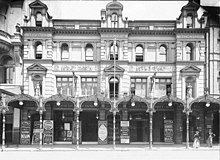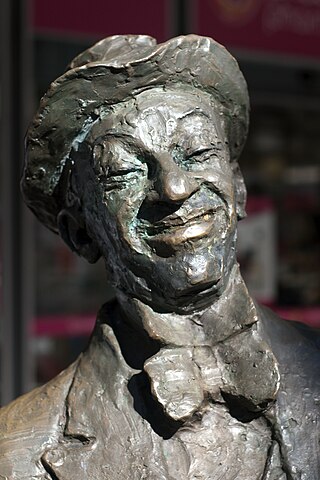
Roy Rene was an Australian comedian and vaudevillian. As the bawdy character Mo McCackie, Rene was one of the most well-known and successful Australian comedians of the early 20th century, and the local answer to Charlie Chaplin.

The Tivoli Circuit was a successful and popular Australian vaudeville entertainment circuit featuring revue, opera, ballet, dance, singing, musical comedy, old time black and white minstrel and even Shakespeare which flourished from 1893 to the 1950s, and featured local and international performers from the United States and the United Kingdom.

Harry Rickards, born Henry Benjamin Leete, was an English-born baritone, comedian and theatre owner, most active in vaudeville and stage, first in his native England and then Australia after emigrating in 1871.
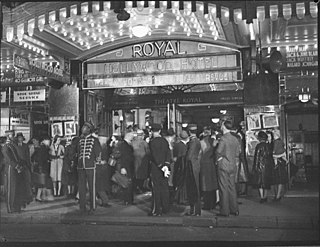
Theatre Royal Sydney (TRS) is a theatre in Sydney, Australia. Earlier theatres also called the Theatre Royal, on the same site, date back to 1833. The current building, designed by modernist architect Harry Seidler, was built in 1976 and has offered a broad range of entertainment since the 1990s. After being closed in 2016, the theatre reopened in December 2021 under parent company Trafalgar Entertainment.

George Marlow was an Australian theatrical entrepreneur born in London of Jewish extraction, noted for bringing melodrama and pantomime to Sydney audiences in the early 1900s. His name has been frequently mis-spelled as "George Marlowe".
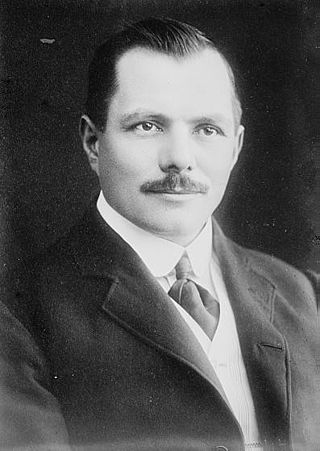
Hugh Donald "Huge Deal" McIntosh was an Australian theatrical entrepreneur, sporting promoter and newspaper proprietor

Irving Sayles was an African-American vaudeville entertainer. He spent much of his life in Australia as a popular minstrel show performer, touring the Tivoli circuit. He performed coon songs and employed a self-deprecating humor involving comic interpretations of plantation slavery that reinforced negative racial stereotypes.
The Tivoli Theatre was an important venue in Melbourne's East End Theatre District, located at 249 Bourke Street near Swanston Street. The first theatre on the site opened in 1866, rebuilt in 1872 as the Prince of Wales Opera House, rebuilt again in 1901 as the New Opera House, and renamed the Tivoli in 1914 when it joined the Tivoli circuit. The theatre closed in 1966.

The Garrick Theatre was a theatre and music hall at 79–83 Castlereagh Street in Sydney from 1890 to 1929. The theatre was renamed the Tivoli Theatre in 1893 and operated as a popular vaudeville venue. It was destroyed by fire in 1899 and rebuilt. The theatre closed in 1929.

Henry Eli White, also known as Harry White, was a New Zealand-born architect best known for the many theatres and cinemas he designed in New Zealand and Australia in the 1910s and 1920s. Many of the major surviving historic venues in the two countries are White designs, including the St. James Theatre, Wellington, St. James Theatre, Auckland, the Capitol Theatre and State Theatre in Sydney, and the Palais Theatre and the interiors of the Princess Theatre and Athenaeum Theatre in Melbourne. He also designed the City Hall and the attached Civic Theatre in Newcastle, New South Wales.
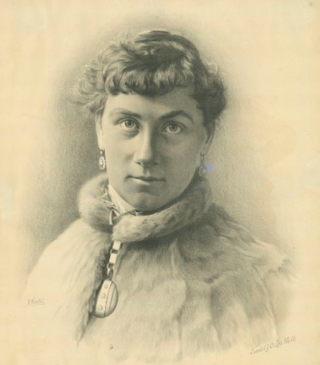
Kate Rickards was an Australian trapeze artist and later a musical theatre actress. Born in Melbourne, she began performing as a trapeze artist in Australia at the age of 11 under the name "Katie Angel" and later toured the United States, England, and South Africa under the management of the British-born vaudeville performer and impresario Harry Rickards. She and Rickards married in 1880, after which she had a career as a musical theatre actress under the name "Kate Leete". Following her retirement from the stage in 1894, she designed costumes for the Rickards shows for several years and devoted herself to charity work. She died at the age of 59 aboard a ship sailing from England to Australia and was buried at sea.
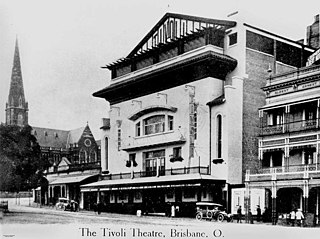
The Tivoli Theatre is a former theatre in Brisbane. It operated between 1914 until its closure in 1965 and demolition in 1969. It was situated opposite the Brisbane City Hall, in the site of the present King George Square.
William John Wilson was a British actor and theatre scenery painter, who had a career in Australia that included theatre management.
The Royal Lyceum was a small theatre in York Street, Sydney founded in 1854, which was redeveloped and renamed many times, finally as the Queen's Theatre, by which name it closed in 1882.
Wilton Welch was an Australian comic actor and dramatist, husband and collaborator of Louise Carbasse, best known as Louise Lovely.
The National Amphitheatre was a boxing stadium and entertainment venue located at 73–75 Castlereagh Street, Sydney, New South Wales. It was later rebuilt by the Fuller brothers as a theatre for vaudeville productions and underwent several refurbishments and renaming over time.
Henry Osborne Jacobs was an English musician best known as an accompanist, arranger and conductor for Ada Reeve, then settled in Australia, where he had a substantial career.
The Tivoli Follies was a series of vaudeville revue programs in Australia staged between 1914 and 1917 by the J. C. Williamson's organization through their "Tivoli" chain of theatres in Sydney, Melbourne and Adelaide. The name has since been revived for shows at individual "Tivoli" theatres.
Humping the Bluey is a 1911 Australian stage play by Dora Mostyn produced by George Marlow. It was one of the last plays in the "bushranging cycle" of Australian playwriting.
Thomas Ernest Rofe was a solicitor in Sydney, New South Wales, who was struck off the roll in 1896, later described as accountant and company manager. He was prominent in the history of the Churches of Christ in New South Wales.



